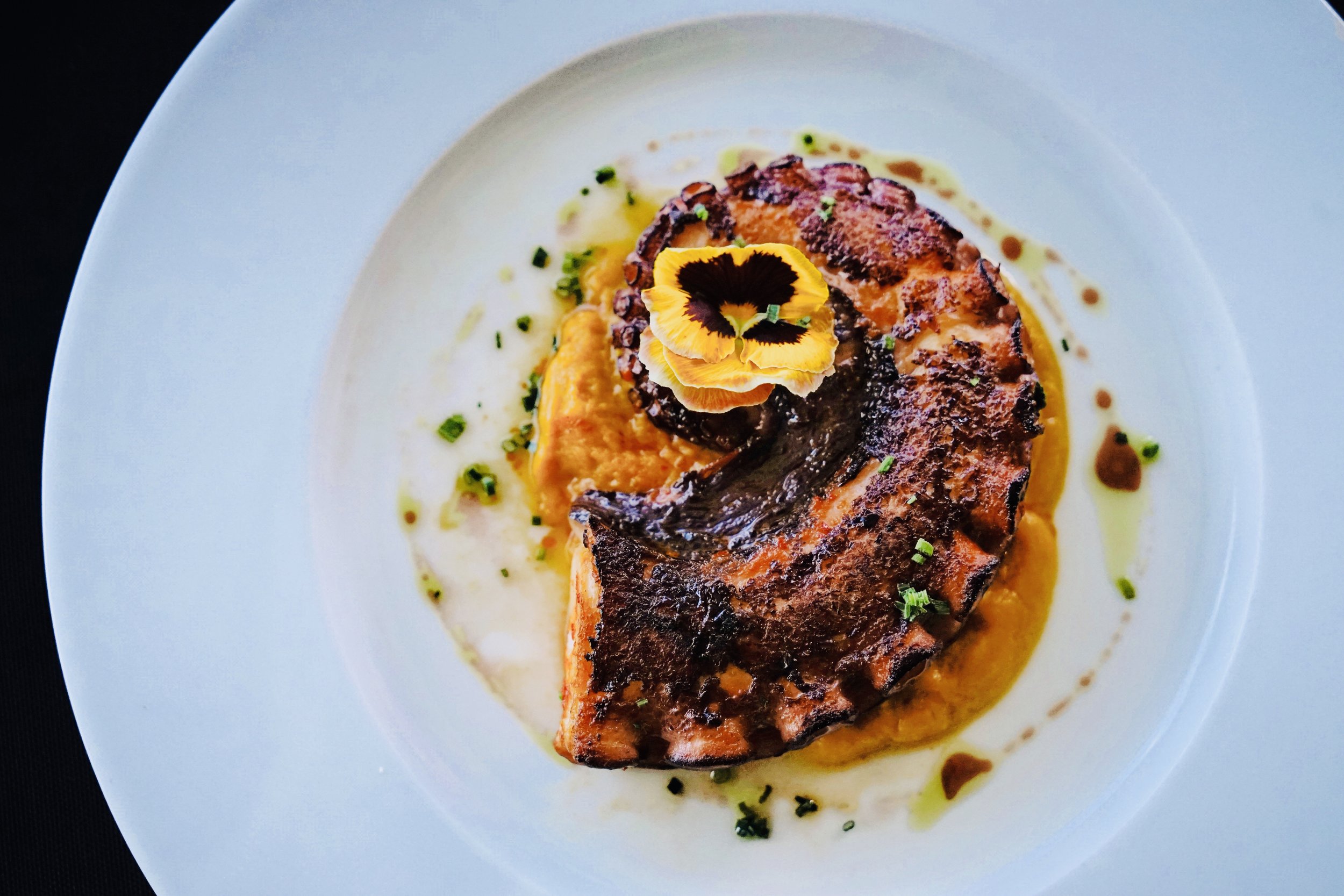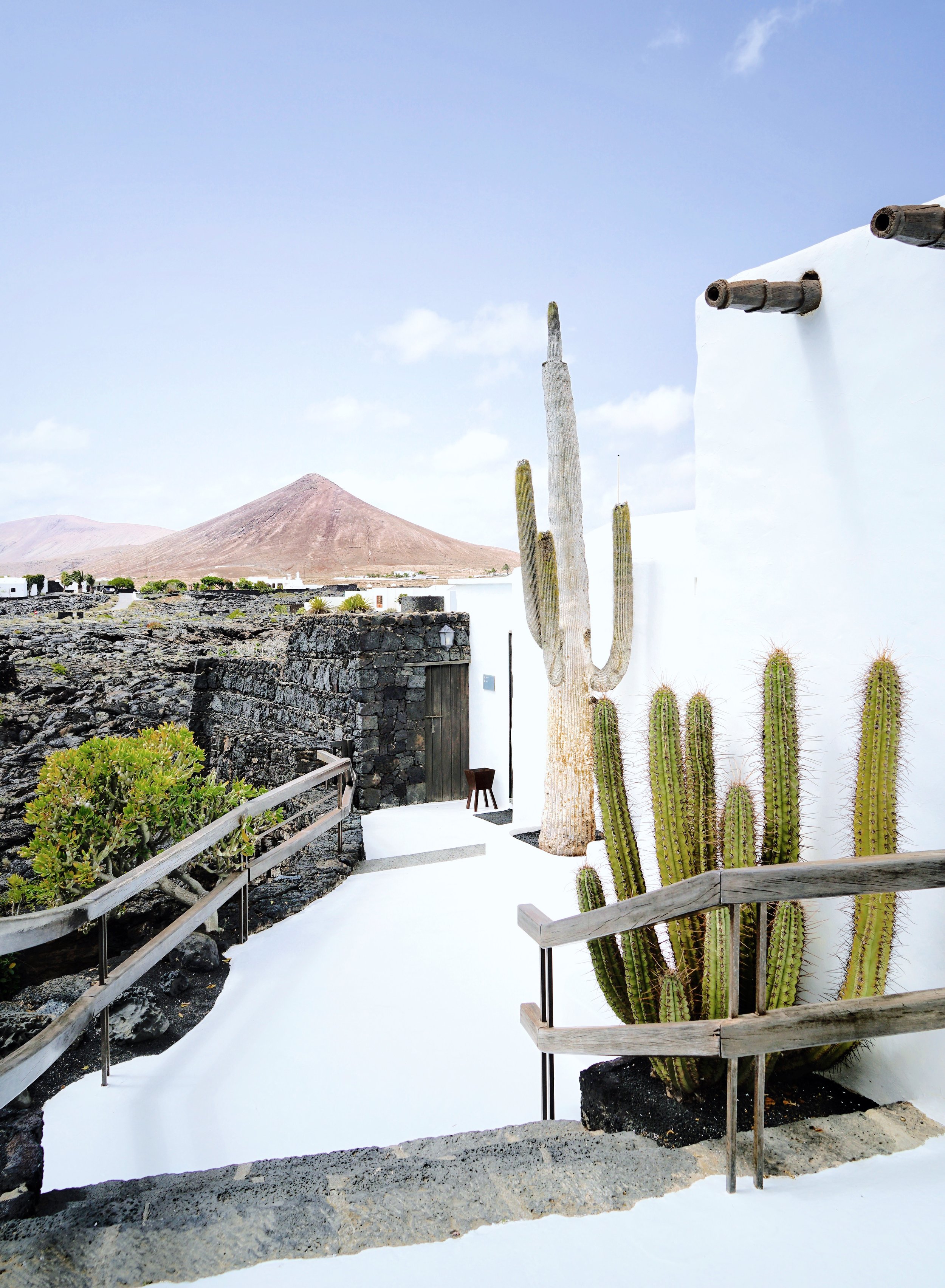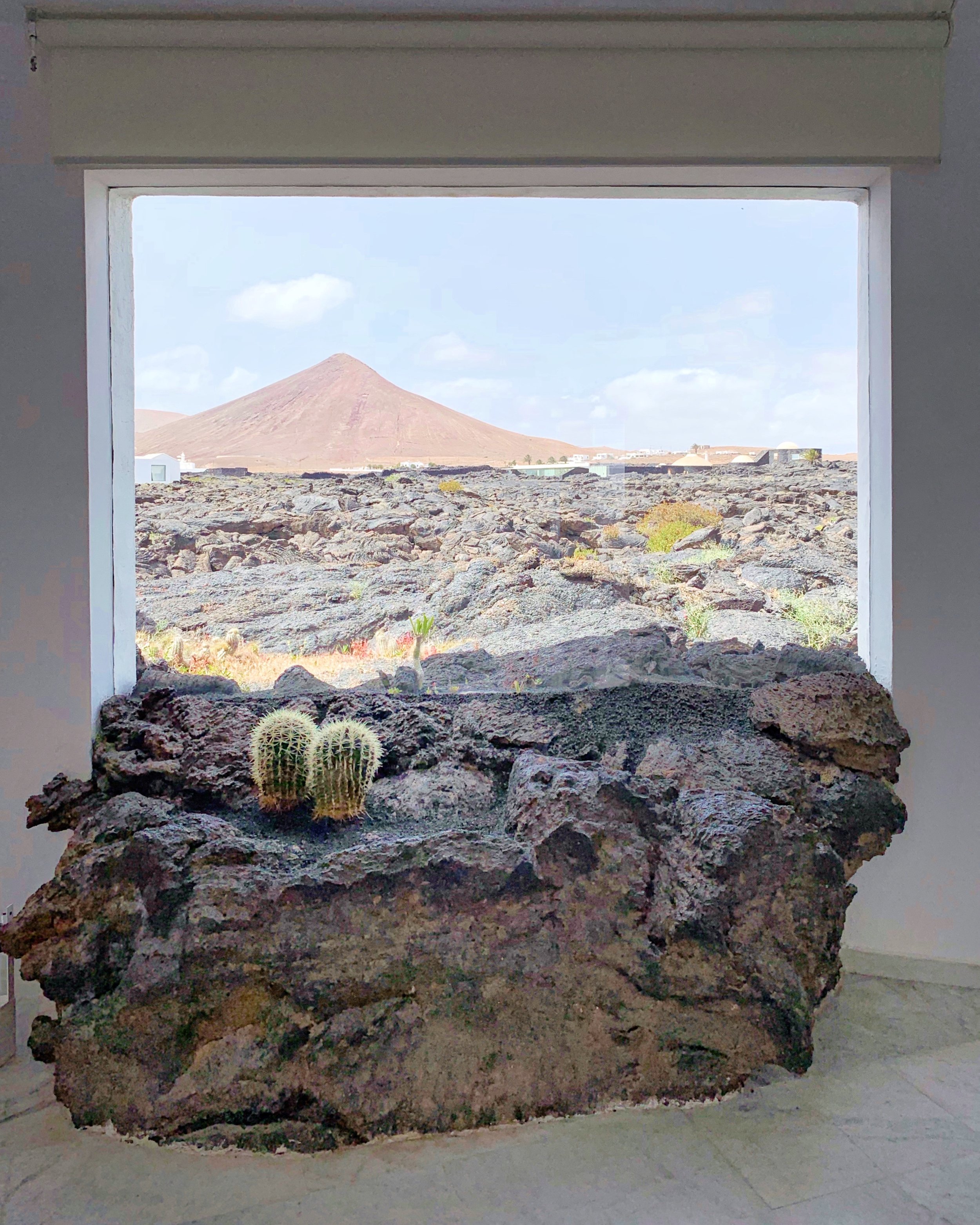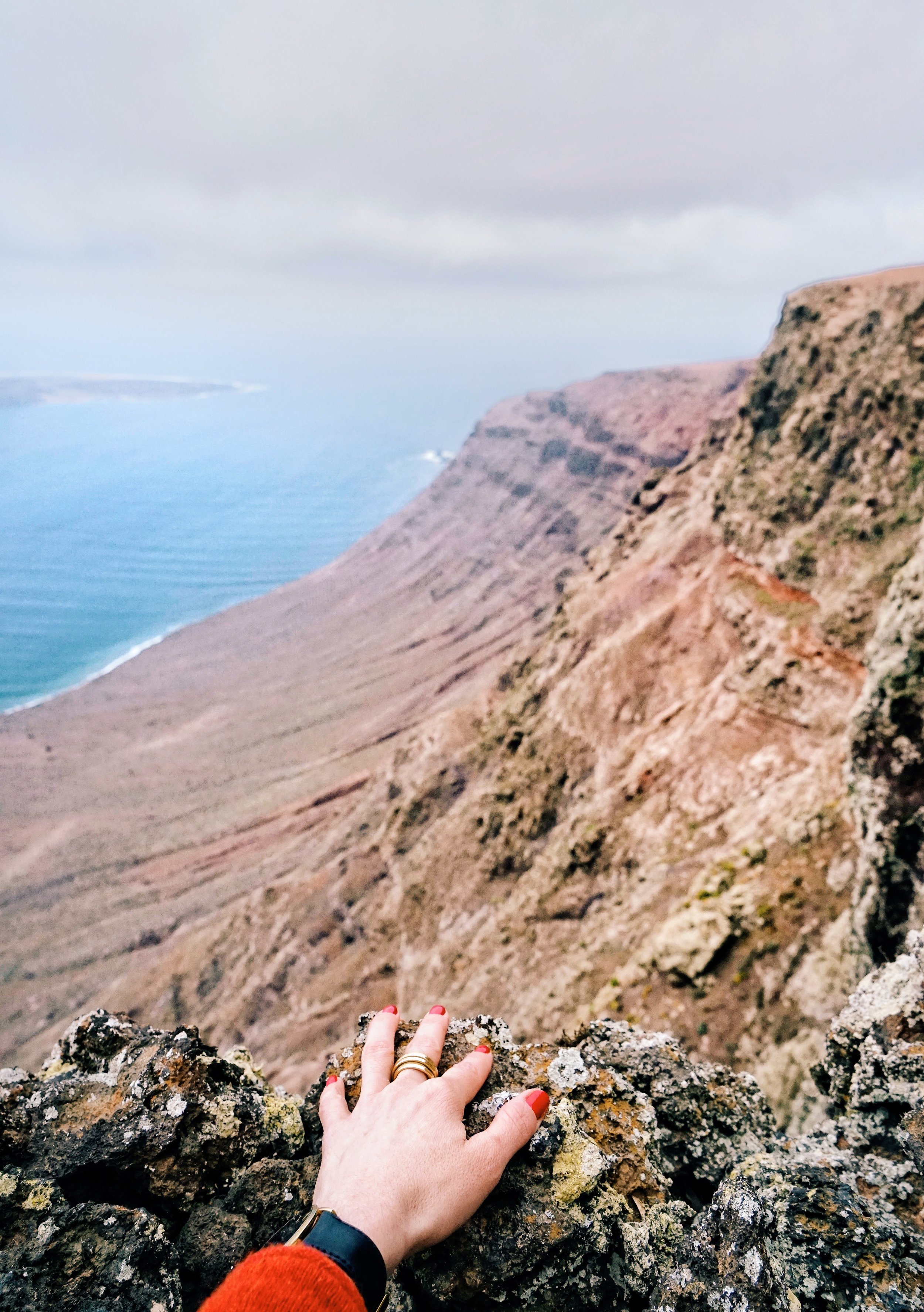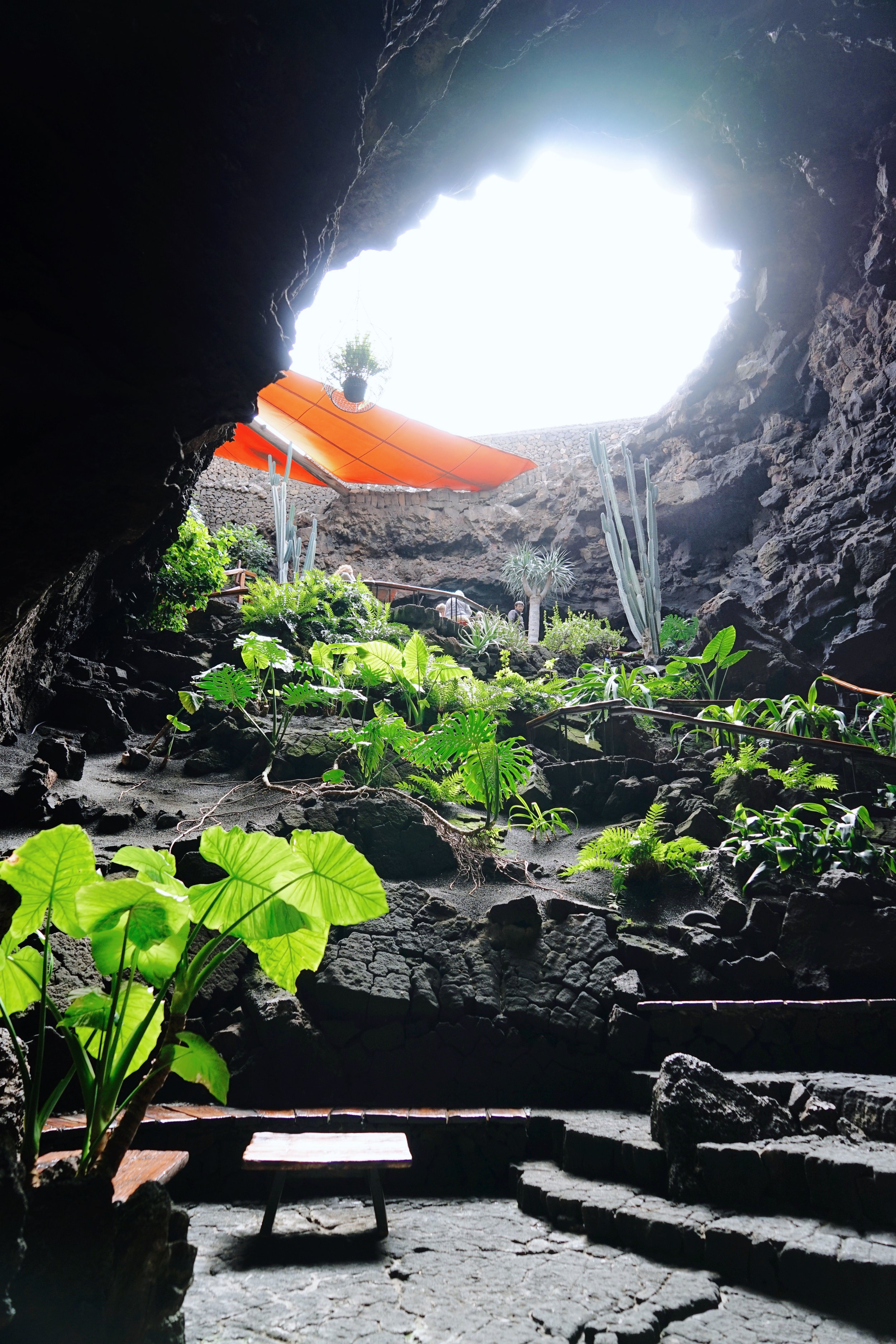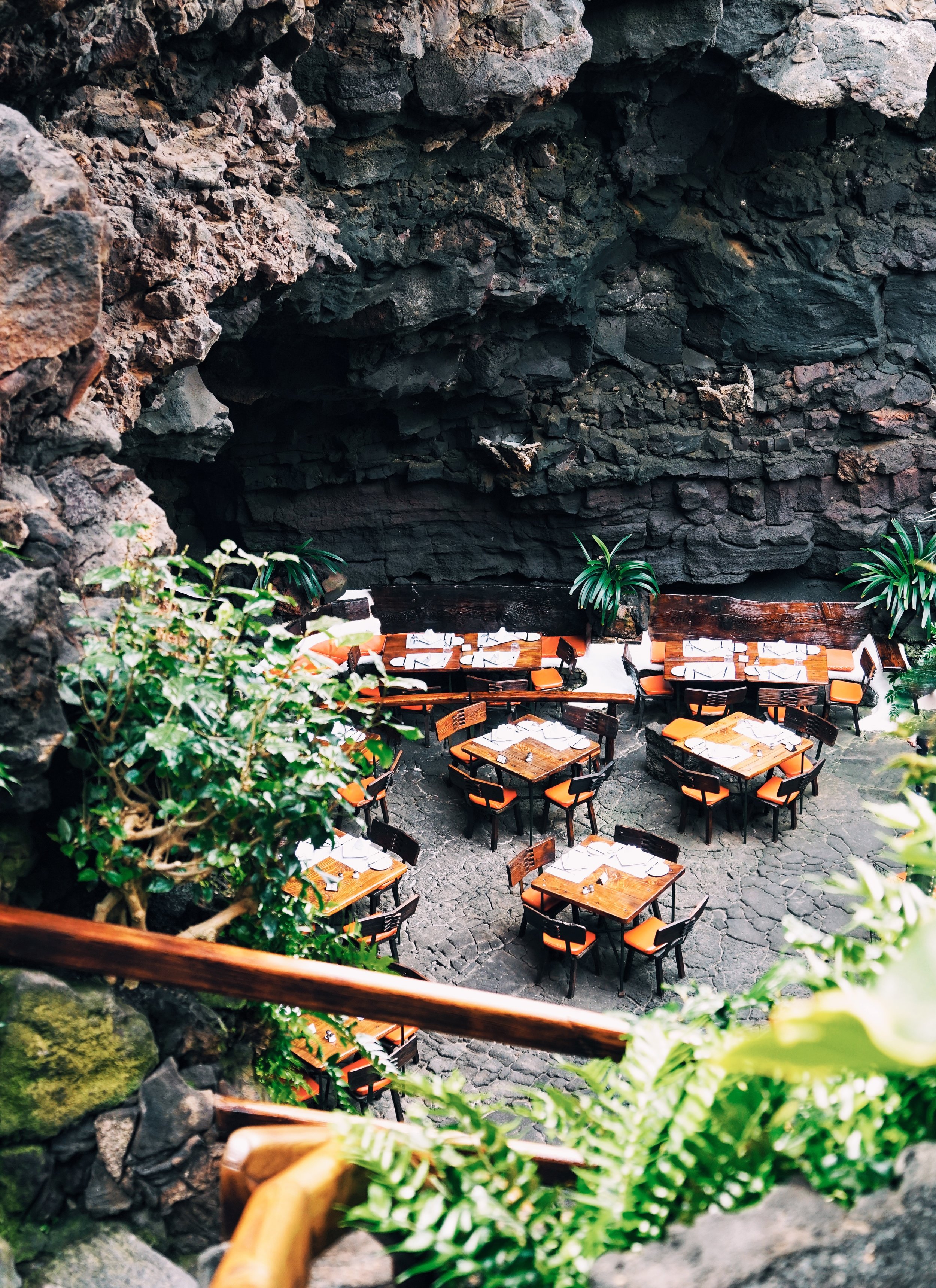I never thought I would say I left my heart in Lanzarote, but my trip to this wild and beautiful island with P&O Cruises was more than I could have hoped for. Sun, sea, stunning volcanic lava fields…what not to love?
I knew little about this particular island before my visit and would never really have put ‘Canary Island’ and ‘culture’ in the same sentence. But culture, along with the unexpected landscape, were just two of the many things that took me completely by surprise. This island has certainly outgrown its former unfortunate nickname ‘Lanzagrotty’. Now it’s more hipster and definitely cool.
After years of volcanic eruptions from countless (now extinct, don’t worry!) volcanoes, a vast rocky moonscape with said volcanoes looming large over valleys of solidified lava that lead down to stunning beaches was created. Yup, you have to see it to believe it.
Adventurers and cyclists relish hikes and rides across this spectacular volcanic landscape with soaring hills, canyons and quiet coves spoiling them for choice. Surfers flock to the beaches of this ‘European Hawaii’. And those in search of peace will find it in the quiet villages, tapas bars and secluded beaches. It’s a cliché, but there really is something for everyone.
Whitewashed village of Teguise
And I loved the sense of space here. Whitewashed villages dot the landscape with their colourful doorways and low-rise buildings. Giant sculptures appear all over the place and it’s this distinctive man-made look of the island that can be attributed to the great artist and architect César Manrique, a Lanzarote native and whimsical genius (you’ll see why later on!) and someone who helped reimagine this strange and stunning place. I am already making plans to go back!
ARRECIFE
A trip to the island usually starts where the plane lands, in Arrecife the capital, a bustling little city which offered me a very warm welcome.
I started by grabbing a coffee and a pastry and took a walk along the quiet promenade in the sun, and then out along the sea wall to Castillo de San Gabriel (San Gabriel Castle). Built in 1572 to protect the port and city from sea attacks it now houses a little history museum. It’s especially lovely when the tide is in, and it’s a great view back to the city.
A short walk back and I reached the Charco de San Ginés, a seawater lagoon filled with cute little boats surrounded by white houses. There are some great restaurants and cafés around the lagoon where I sat and enjoyed the sun with yet another café con leche, before heading off to explore more.
Castillo San José
Well worth a visit is Arrecife’s second castle, San José which houses the International Museum of Contemporary Art. Definitely tie in your visit here with lunch in the castle’s modern restaurant Qué Muac designed by César Manrique (yup, there’s a theme developing here – hard to escape this creative genius!). Try the tapas (or enyesques as they’re known locally) or the (smoking!) grilled octopus.
North of Arrecife I headed for Teguise, a charming little whitewashed town with 600 years of history and the island’s capital until 1852, purposely situated from the sea to avoid pirate attacks. This history is now re-told in the Pirate Museum inside Santa Bárbara Castle that sits high on Mount Guanapay (complete with volcanic crater!) overlooking the town. It’s also the only point on the island where you can see the sea on both sides, which helped foil an attack by Sir Francis Drake in the 16thcentury. Rumour has it there is a tunnel that leads from the castle down to the town…a rumour I am inclined to believe on this strange and fascinating island.
Plaza de la Constitución, Teguise
Back down in the valley the town itself feels like a Spanish pueblo with African influences. I kept imagining cowboys making their way across the main square, the Plaza de la Constitución. This space also hosts a huge Sunday market but I’m glad I came on a quiet weekday. The little cobbled side streets host some very cool tapas spots and at one just off the main square, called the Queso Project, I tried a variety of delicacies and island wine whilst chatting away to locals.
Then it was finally time for my hit of César Manrique. A good place to start to understand the great man would be his futuristic studio-home. Most people who build or buy a house on a beautiful tropical island might head for a coastal/beach location. Not Manrique. He built his avant-garde vision of a home, now the César Manrique Foundation, into a vast lava flow complete with five lava bubble caves. This is an amazing modernist space full of artwork and incredible views. I challenge anyone not to get to the pool and BBQ area and not think “I could have an AMAZING party here!”
And so to the Jardin de Cactus (Cactus Garden). Again Manrique doesn’t disappoint. On arrival you wonder what you’re about to see, and on entering you’re welcomed into an amphitheatre of cacti and lava rock, a landscape gardening masterpiece! Sure, cacti are all over the island so what? But it’s here Manrique filled a former quarry with a variety of over 4,500 cacti from 13 families of cactus across five continents. And then placed a windmill in it. It’s pretty unique! I was trying so hard to find the word to best describe the cactus garden, but I couldn’t put my finger on it…(I’ll get my coat).
Mirador del Río
Ever fancied yourself as a Bond villain? Well, being in Manrique’s Mirador del Río in the far North of the island will make you feel just like that. The road leading to this watch tower doesn’t look like much and I wasn’t really aware that I was going up…It wasn’t until I got inside that I realised the lookout is camouflaged by lava rock and carved into the side of a cliff – and what a cliff! From the main room/café the two giant windows give a view of the island of La Graciosa and the Chinijo Archipelago. Outside stick a Euro in the telescopes and gaze down over 500 metres of a sort of moonscape.
The last stop on my Manrique pilgrimage (and by this point, had he not sadly passed away in 1992, I would have tracked him down and asked him to design me a house!) was the Jameos de Agua which can only be described as a breath-taking fantasy grotto. Walking down the stone steps into a volcanic tunnel (one of the longest in the world at 6 kilometres) and I knew Manrique was about to hit me with another gem – and it was my favourite.
The tunnel leads to a series of sunken caves (jameos) and a lake that looks almost translucent, which may have something to do with the rare only found here albino crabs that live in it. Once you exit the dark cave you’re lead into an area of tropical plants and a swimming pool apparently so special that no amount of money will buy you a swim in it. Harmony and creativity ooze out of this place so much so that Rita Hayworth called it “the Eighth Wonder of the World.”
On my way back down South from Manrique’s North, I made a perfect end of day stop in La Geria. On the outskirts of the Timanfaya National Park and amongst swathes of lava Badlands and extinct volcanoes lies Lanzarote’s wine making region. Yup, I know...Lanzarote makes wine? Well yes, has done for centuries. Even Shakespeare wrote about the local ‘Malmsey’ wine.
The beautiful patio at Bodega Rubicon winery.
I visited Bodega Rubicon, a 15th century country house . But what makes wine-making here special is how the locals cultivate their wines on the very edge of the volcano fields. They plant each vine in a semi-circular pit filled with soil and then cover each one with volcanic ash called picón. It’s this ash that holds the moisture in and protects the vine from the wind. With thousands of these honeycomb looking pits it’s quite a work of art. I sampled the wines and then sat outside with a very nice glass of dry white and watched the sunset over the volcanoes. There aren’t many places on Earth you can do that…



